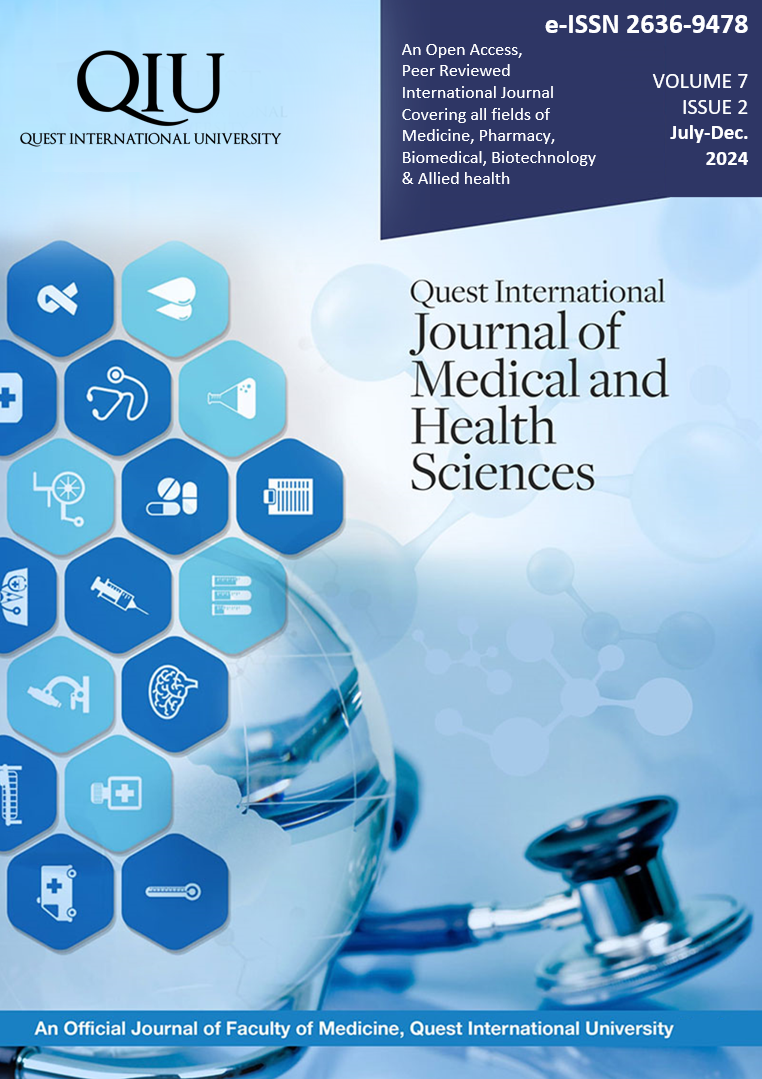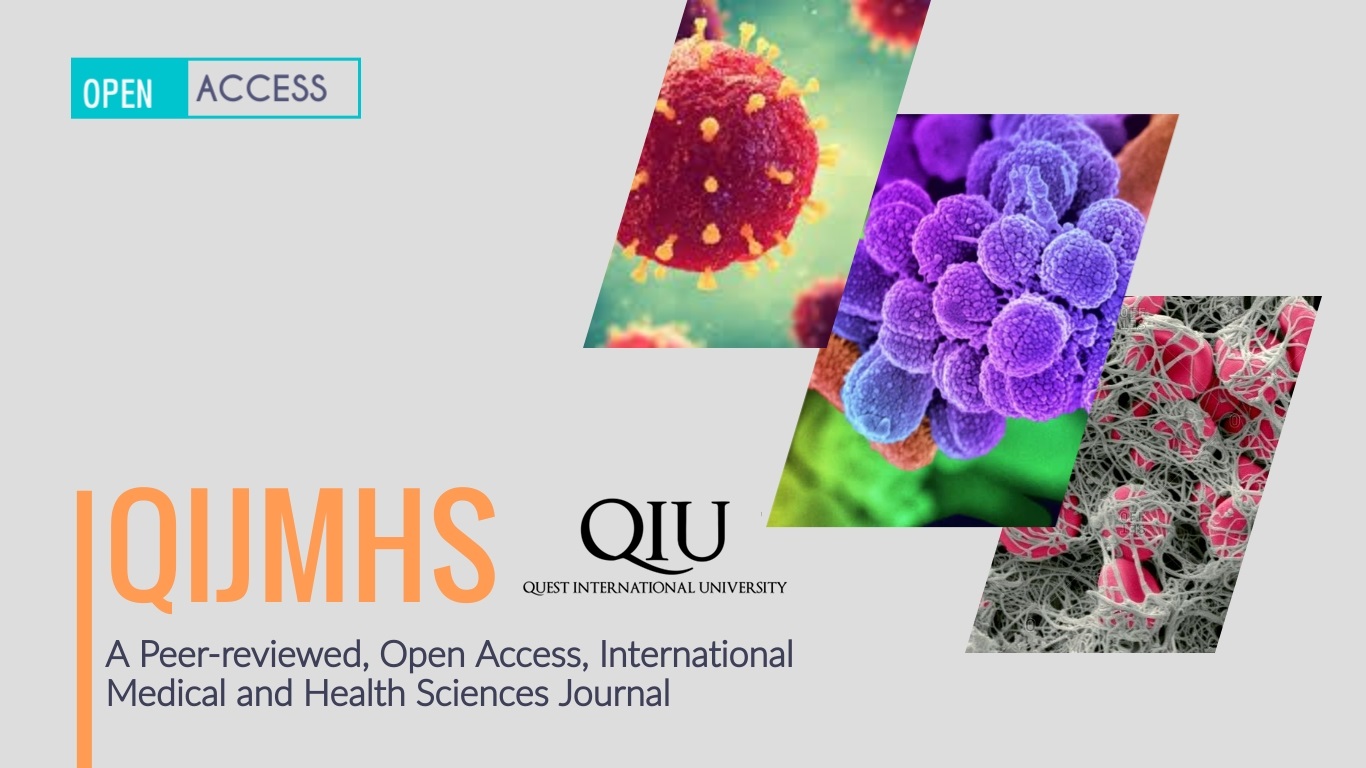Alzheimer’s disease and the recent advances in tissue engineering for it’s treatment: A mini-review
Abstract
Alzheimer’s disease (AD) is the most common cause of dementia among elderly individuals and accounts for 60 to 70% of patients affected by all forms of dementia globally. AD is a significant public health concern, as it shows an increased prevalence and incidence rates. Based on the current trends, the global population above 65 is estimated to almost double, and the number of individuals over 85 will increase to more than thrice by the year 2050. Pathophysiological processes and genetic factors leading to the accumulation of beta-amyloid and neurofibrillary tangles are being studied. Various tissue engineering methods have shown promise in identifying the disease process early and delaying the pathophysiological and genetic processes leading to cognitive decline.
There are various innovative tissue engineering methods showing promises in the diagnosis and treatment of AD, such as 3D bioengineered neural tissue models derived from ‘human induced pluripotent stem cells, nanocarrier-mediated small interfering RNA (siRNA) delivery methods, carbon-based nanomaterials, and scaffold innovations that help to create realistic models of neuronal tissues and to use advanced drug delivery systems using nanoparticles in patients with AD.
Copyright (c) 2024 Abhiram Sandheep, Sana Khalid Khurshid Ahmed, Krysta Bishorek Low, Karthikeyan Murugesan, 5Sandheep Sugathan

This work is licensed under a Creative Commons Attribution 4.0 International License.





